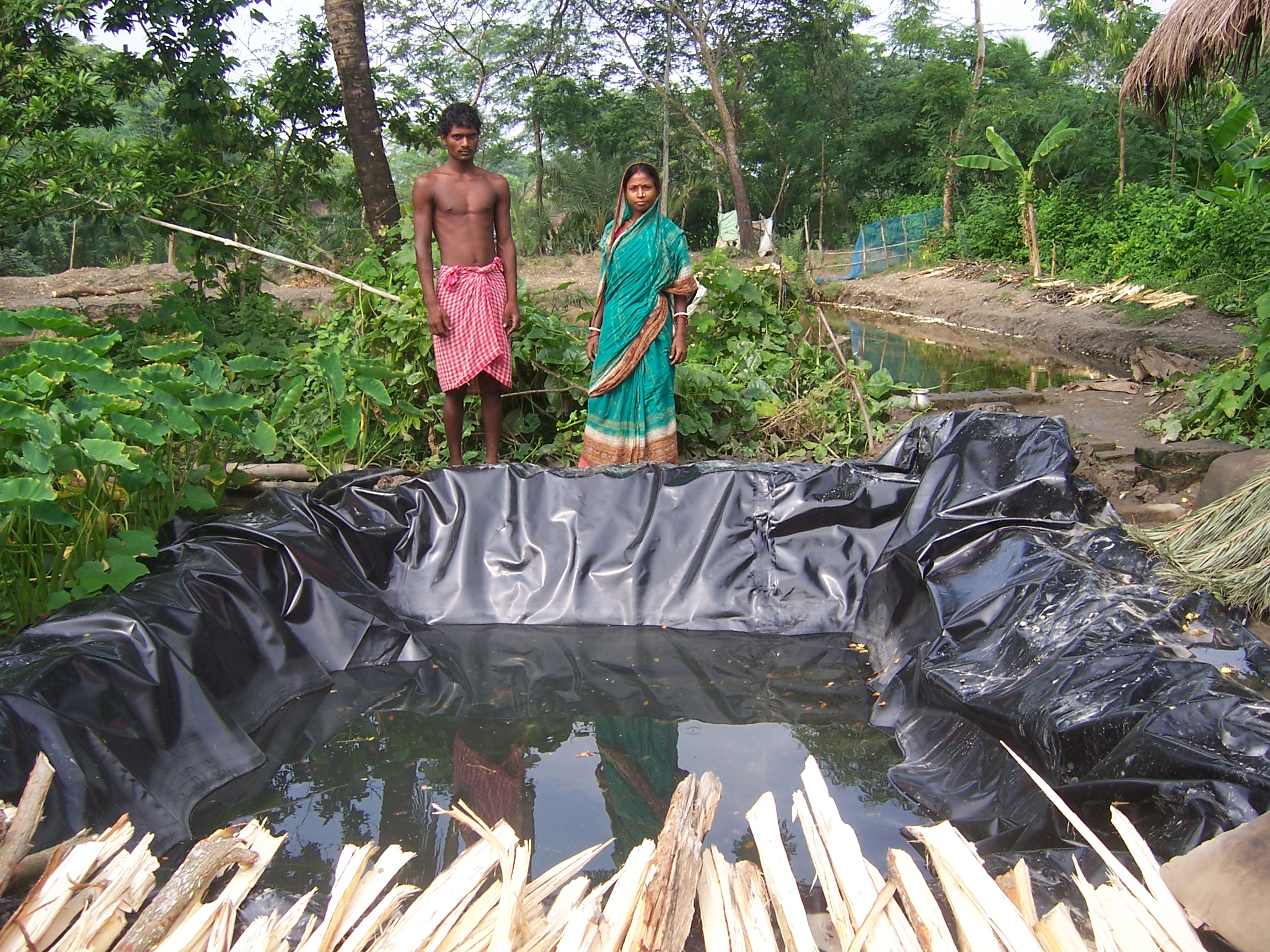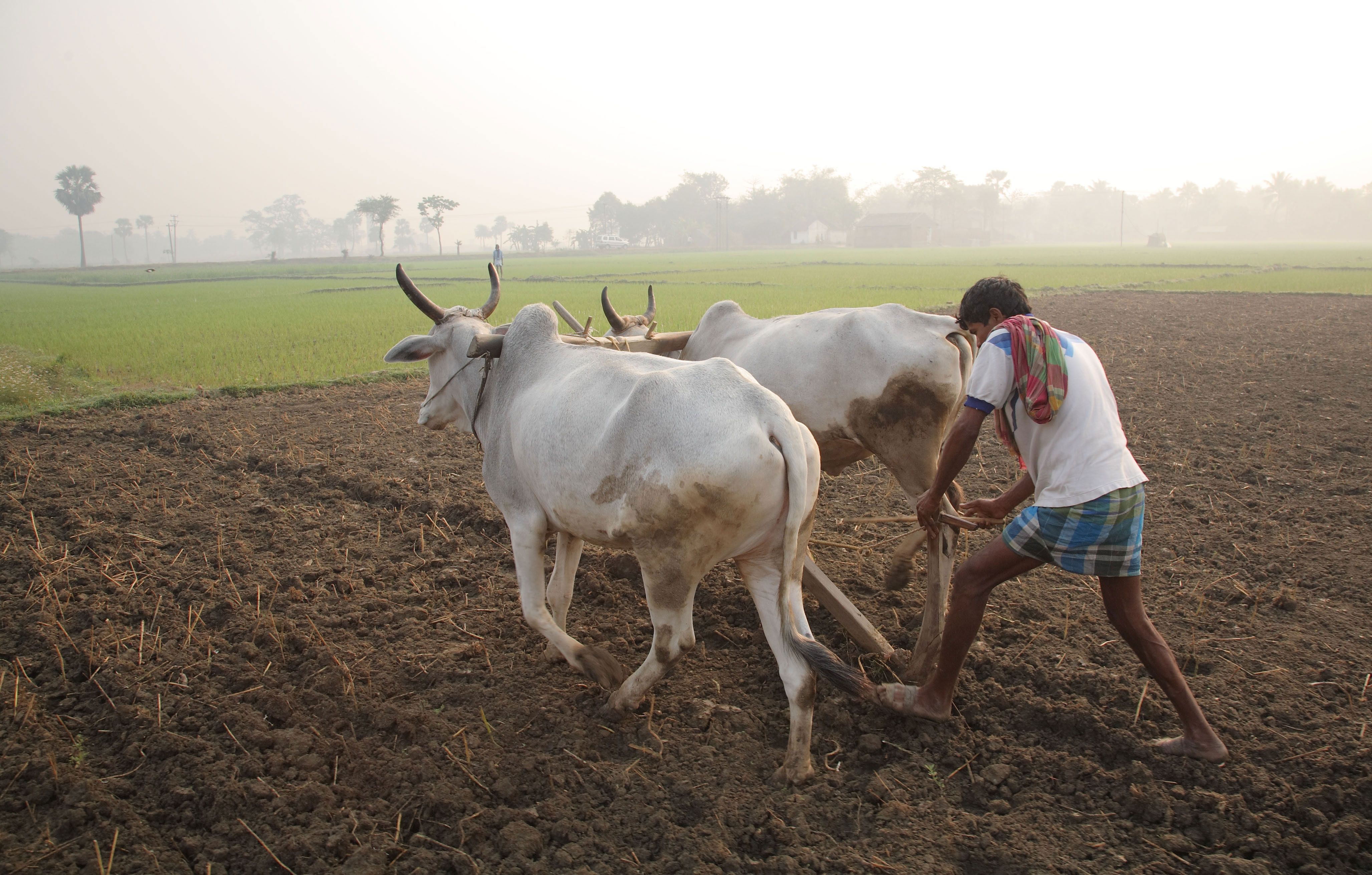Standards 2.0.
Livelihoods of Indian smallholder farmers between global and domestic value chains for organic trade agri-food products
Abstract
Smallholder farming is regarded as the backbone of agriculture and food security. Particular scrutiny in recent academic debates, also among economic geographers, has been given to the implications of the agri-food globalization for small-scale or smallholder farmers (SHF). One prominent issue is the rise of standard regulation and certification systems, including private food standards, and the ongoing debate about whether these standards display a barrier for SHF in the Global South and hamper livelihood improvement and poverty reduction, or if they could induce product and or process upgrading mechanisms (exclusion debate).
It is often argued that alternative marketing strategies, such as organic or fair trade farming, can improve SHF livelihoods by increasing income due to premium prices offered in these market segments. Traditionally, organic and fair trade production in countries of the Global South has been export-oriented, driven by increasing demand in the Global North. However, recent developments indicate that markets for these types of products are growing also in countries of the Global South, and in the BRICS countries in particular, where demand of the upper- and rising new middle class for more sustainable and healthy foods are growing. This may imply that produce from these countries that was previously targeted for export markets can now be redirected or increased to meet own domestic demand. This project aims to examine this recent development by the example of India, where small-scale structures dominate the agrarian system. At the same time, double-digit growth has been observable in the domestic organic market and is expected for Fair Trade products.
Outcomes of the empirical study proposed here contribute on both conceptual and practical levels. Conceptually, the main argument made here is that (global) value chain analyses can benefit by more explicit and fruitful linkages to livelihood and convention theory frameworks. Practically, it shall reveal relative advantages of access to and participation in domestic as opposed to export production, presumably characterized by different quality understandings and governance structures, for SHF-livelihood outcomes. By analysing the examples of inclusion of SHF in two distinctive value chains (Organic as a more established movement and fair trade as a relatively new momentum of alternative food movement), we can compare dynamics at different stages of market maturity.
Contact: Shantonu Abe and Amelie Bernzen


